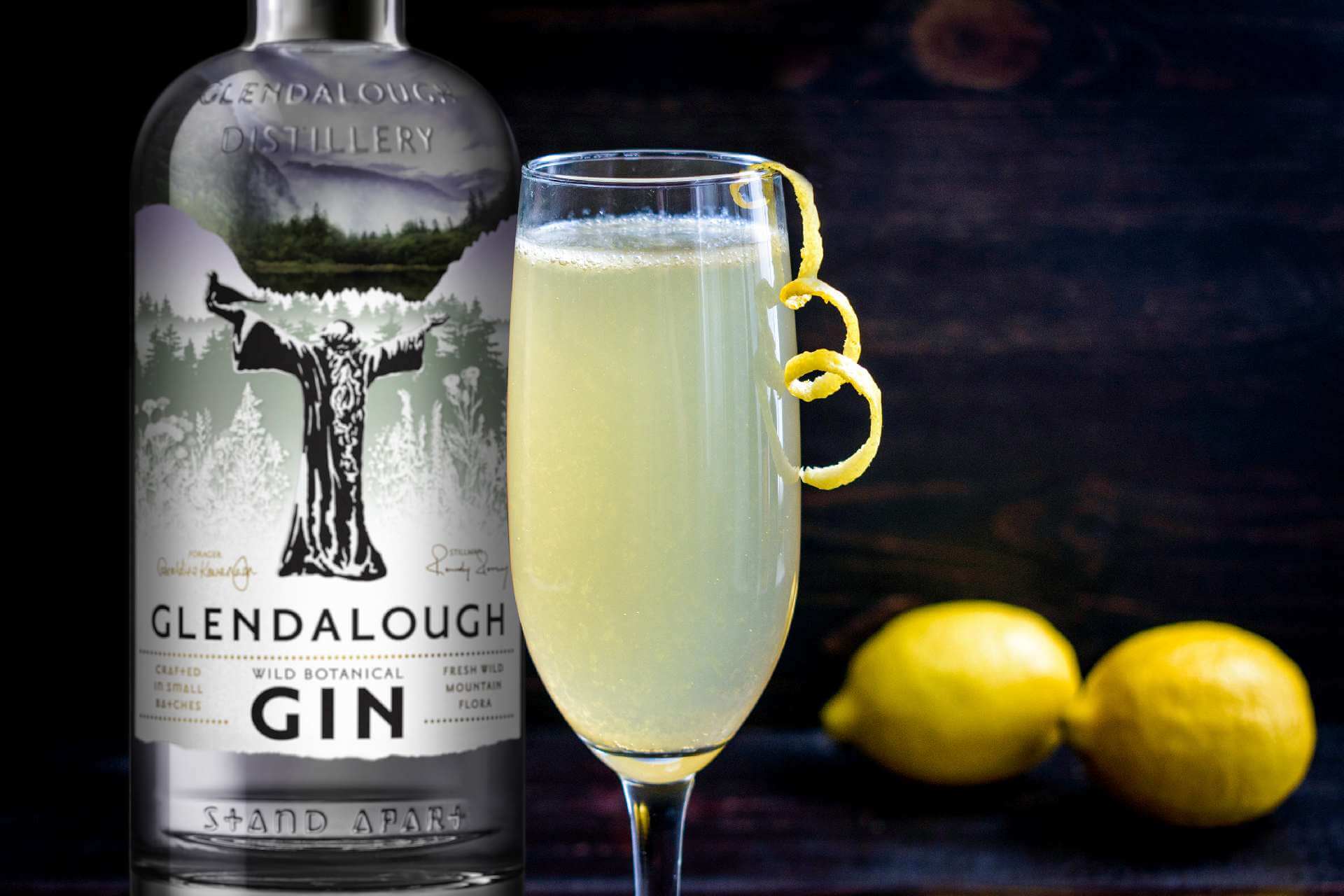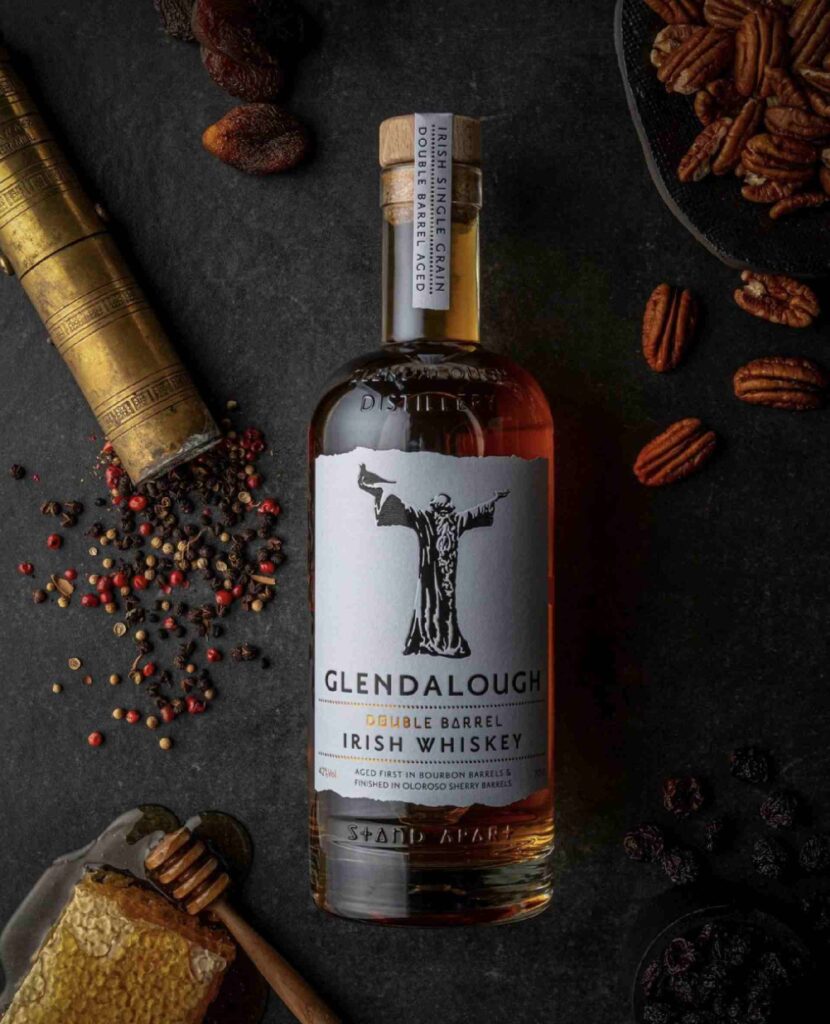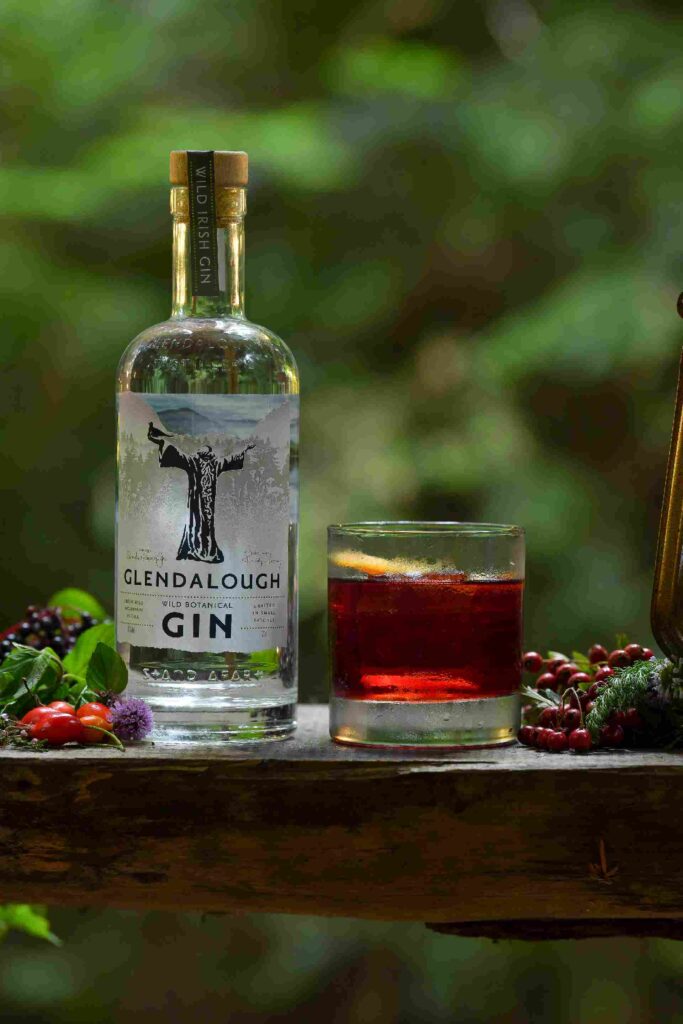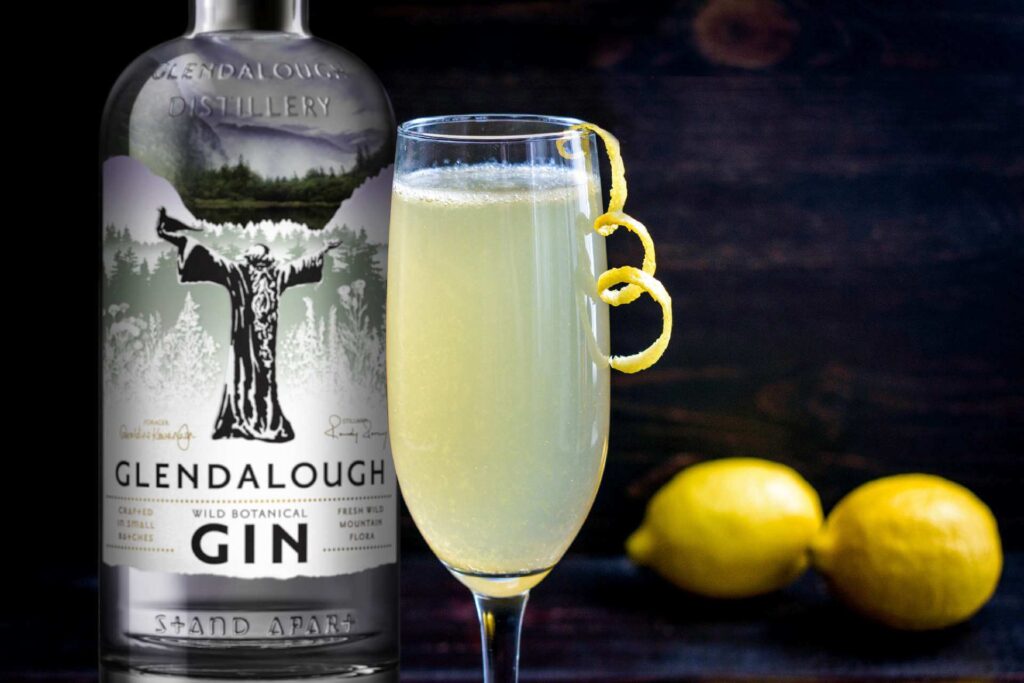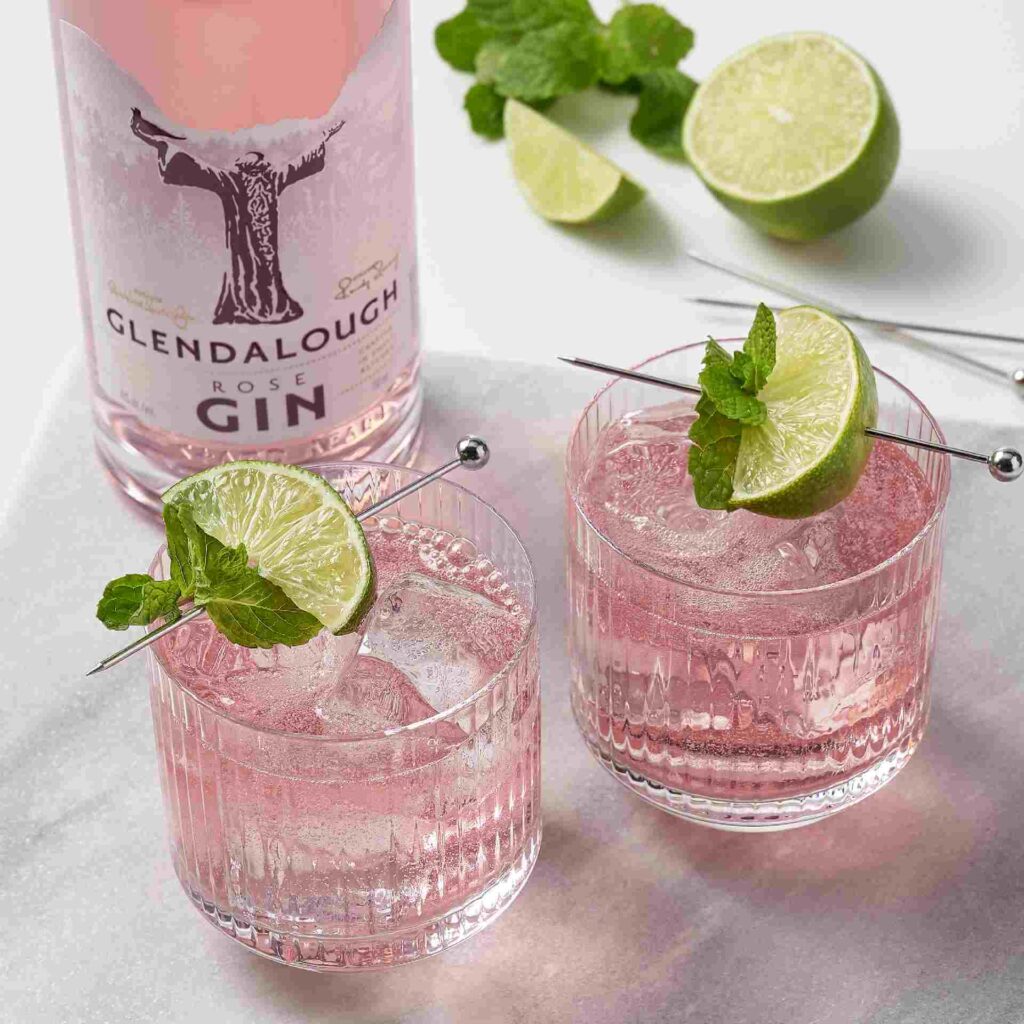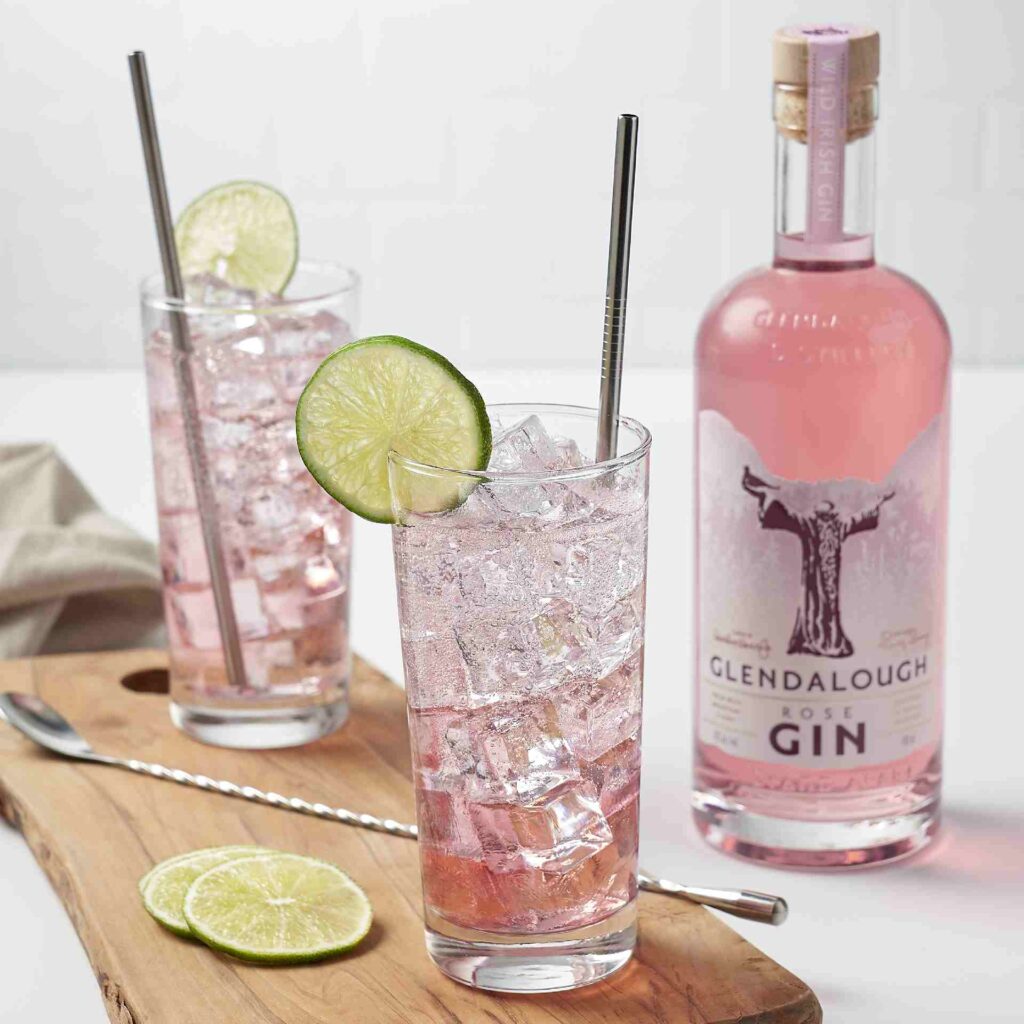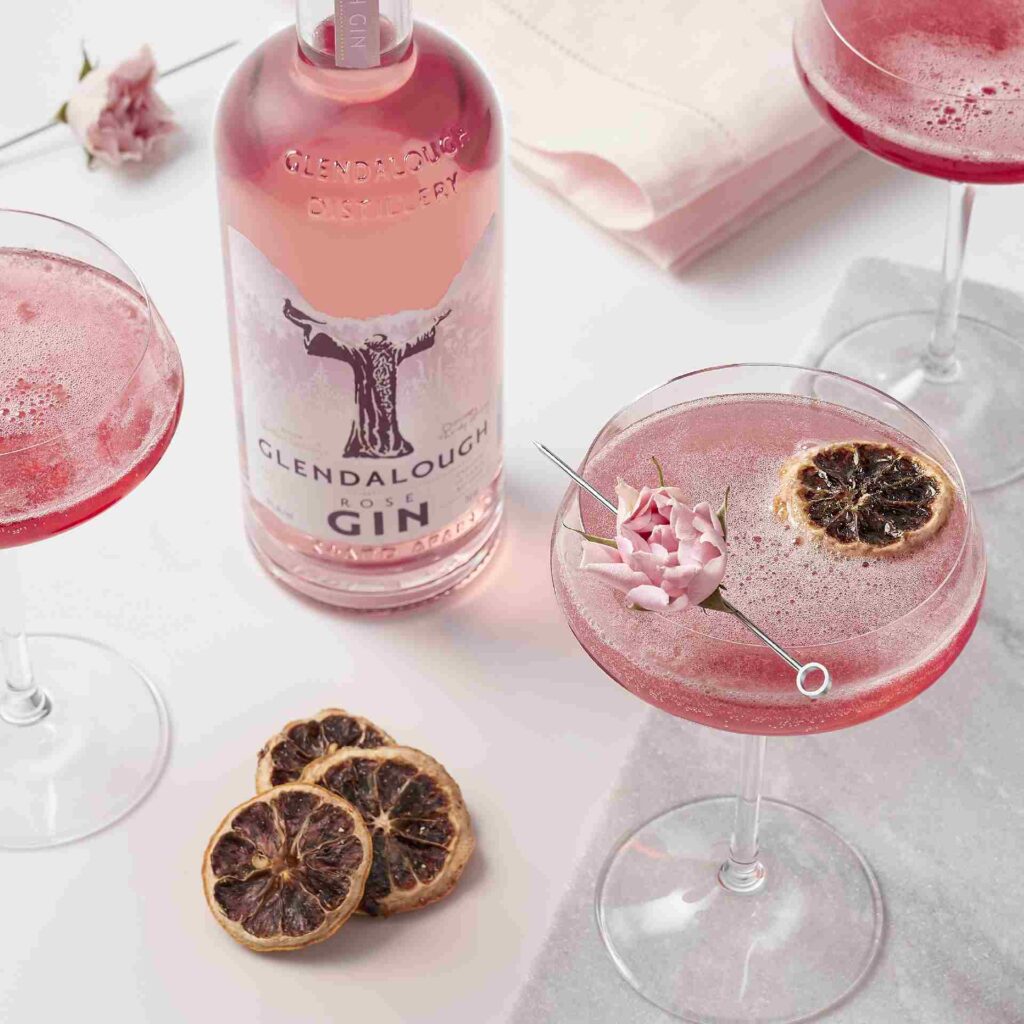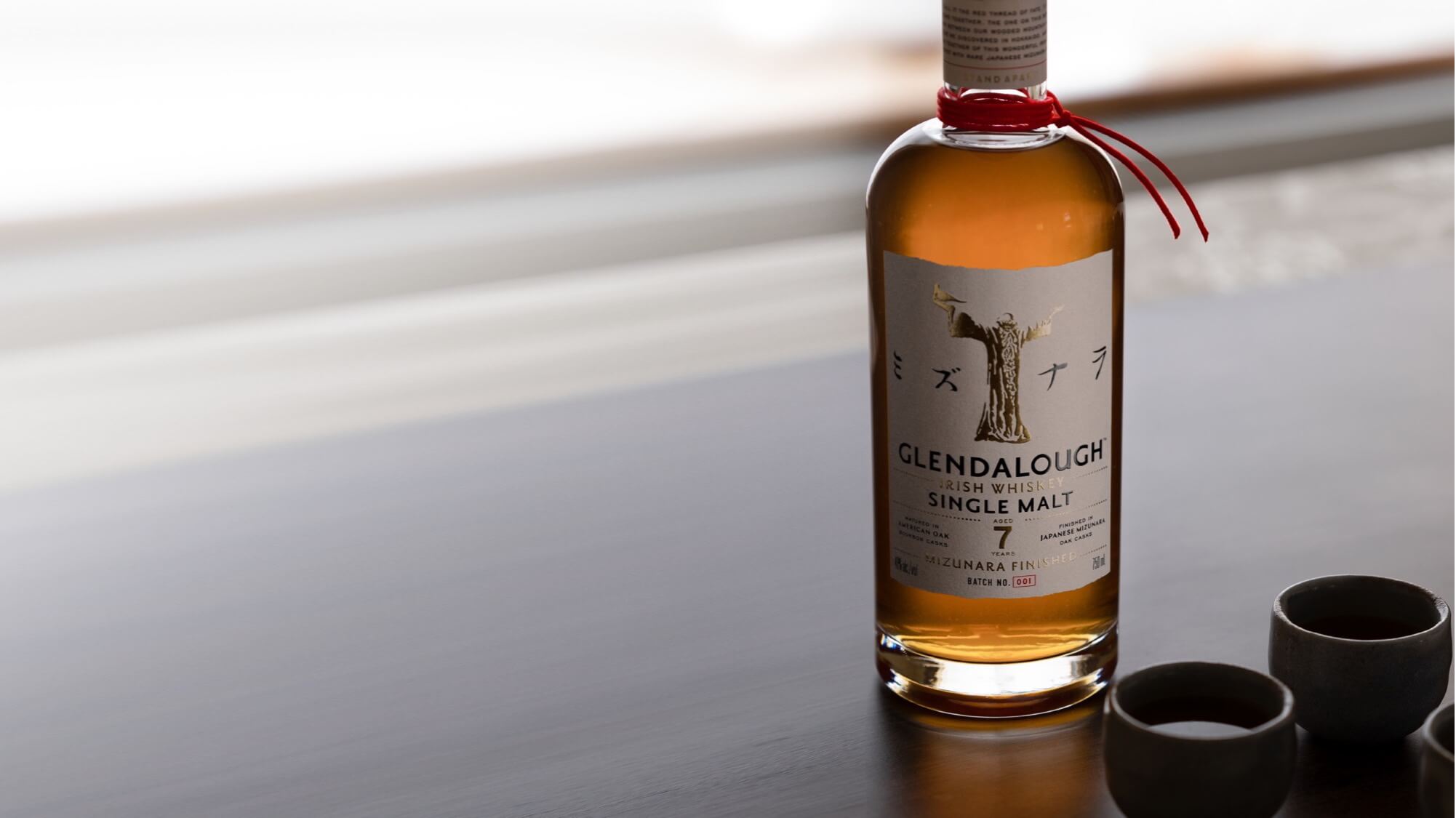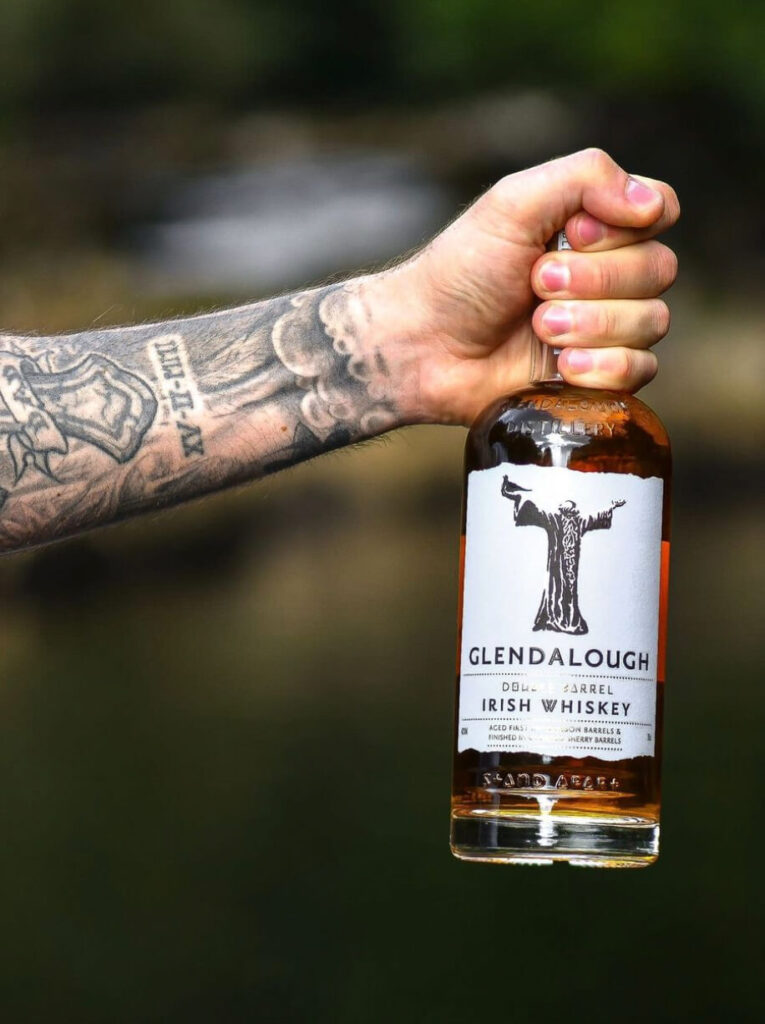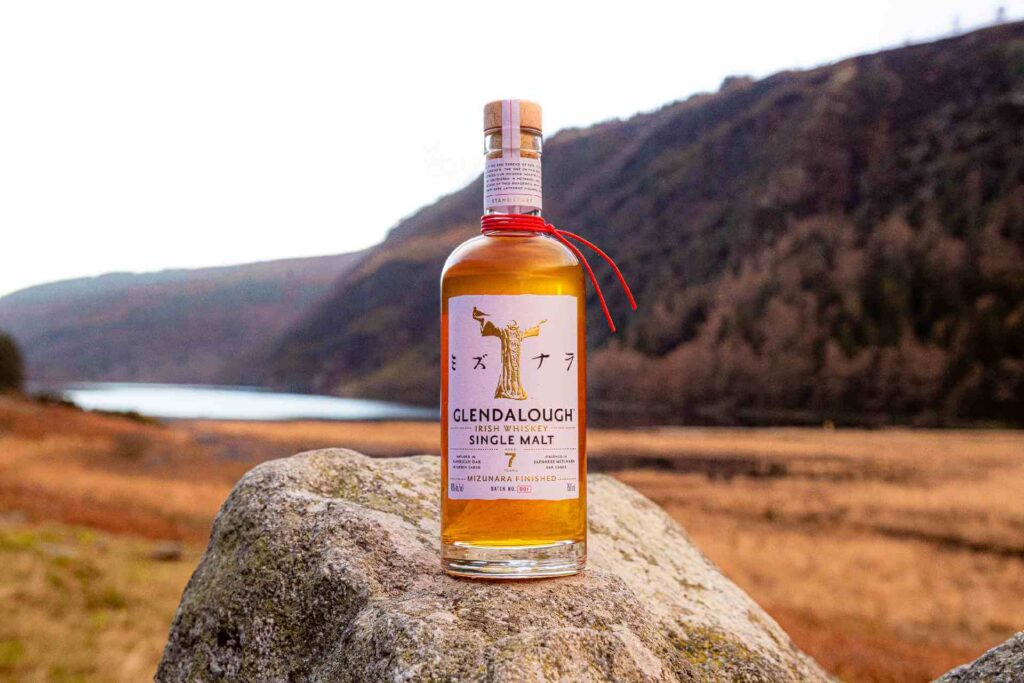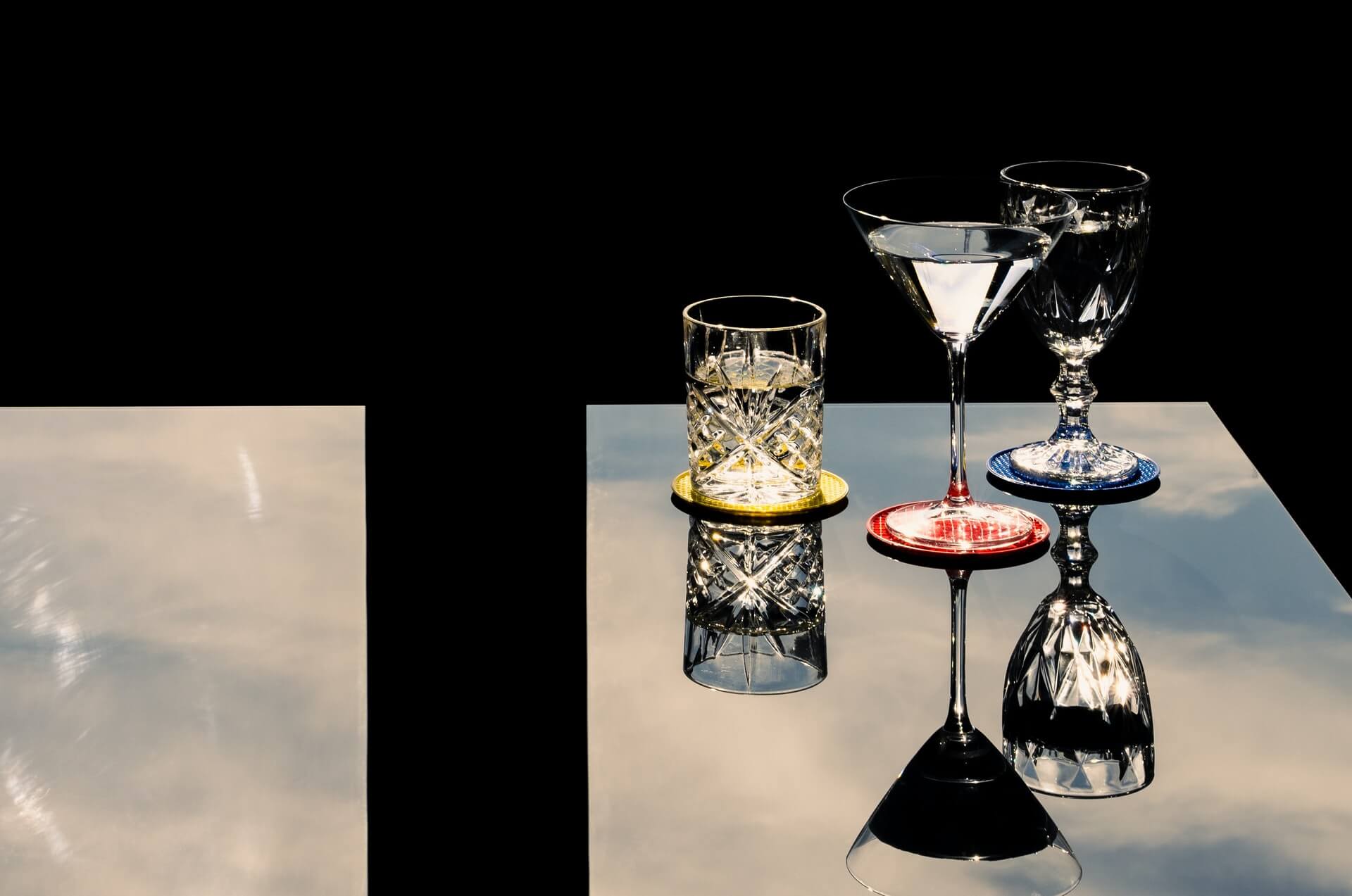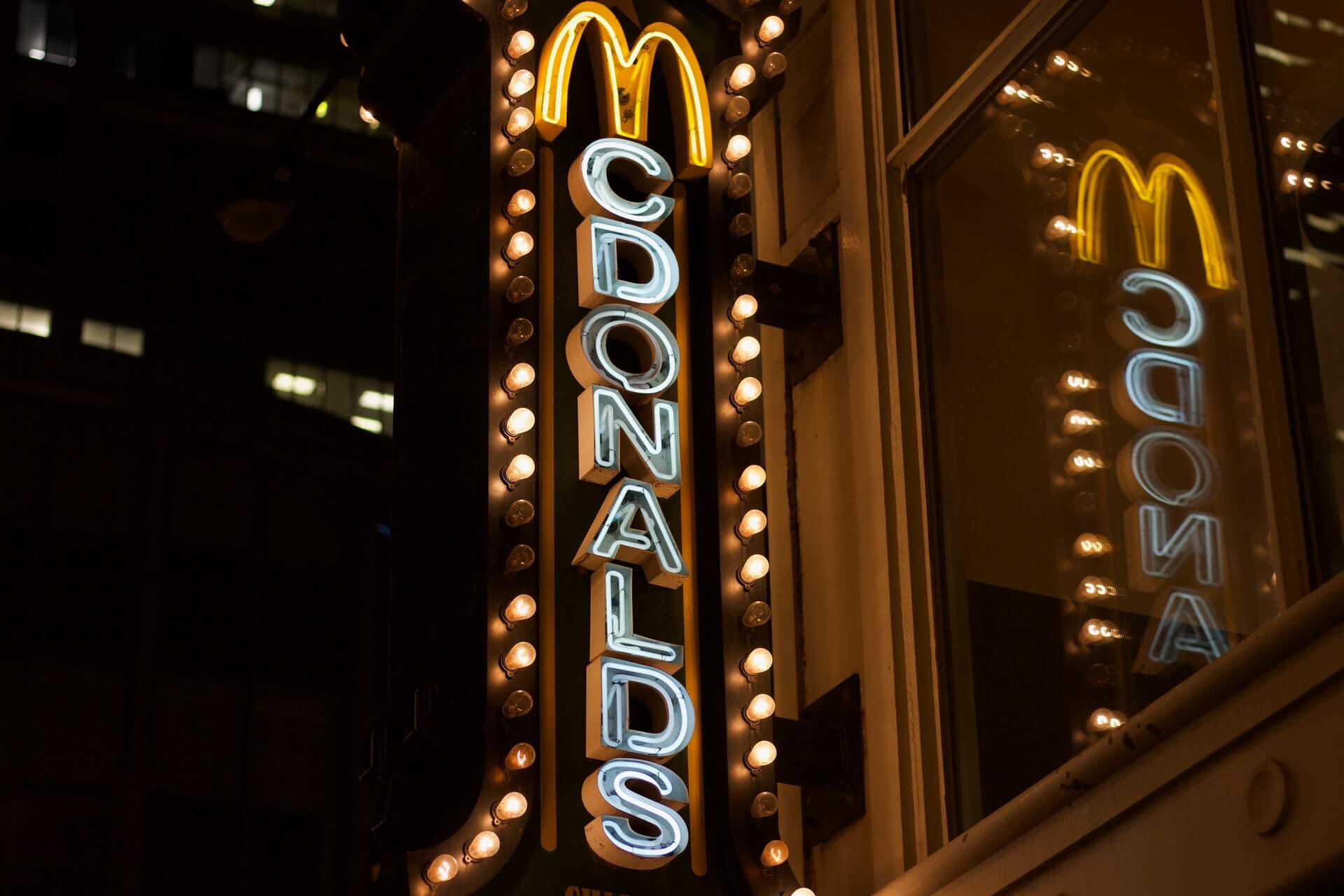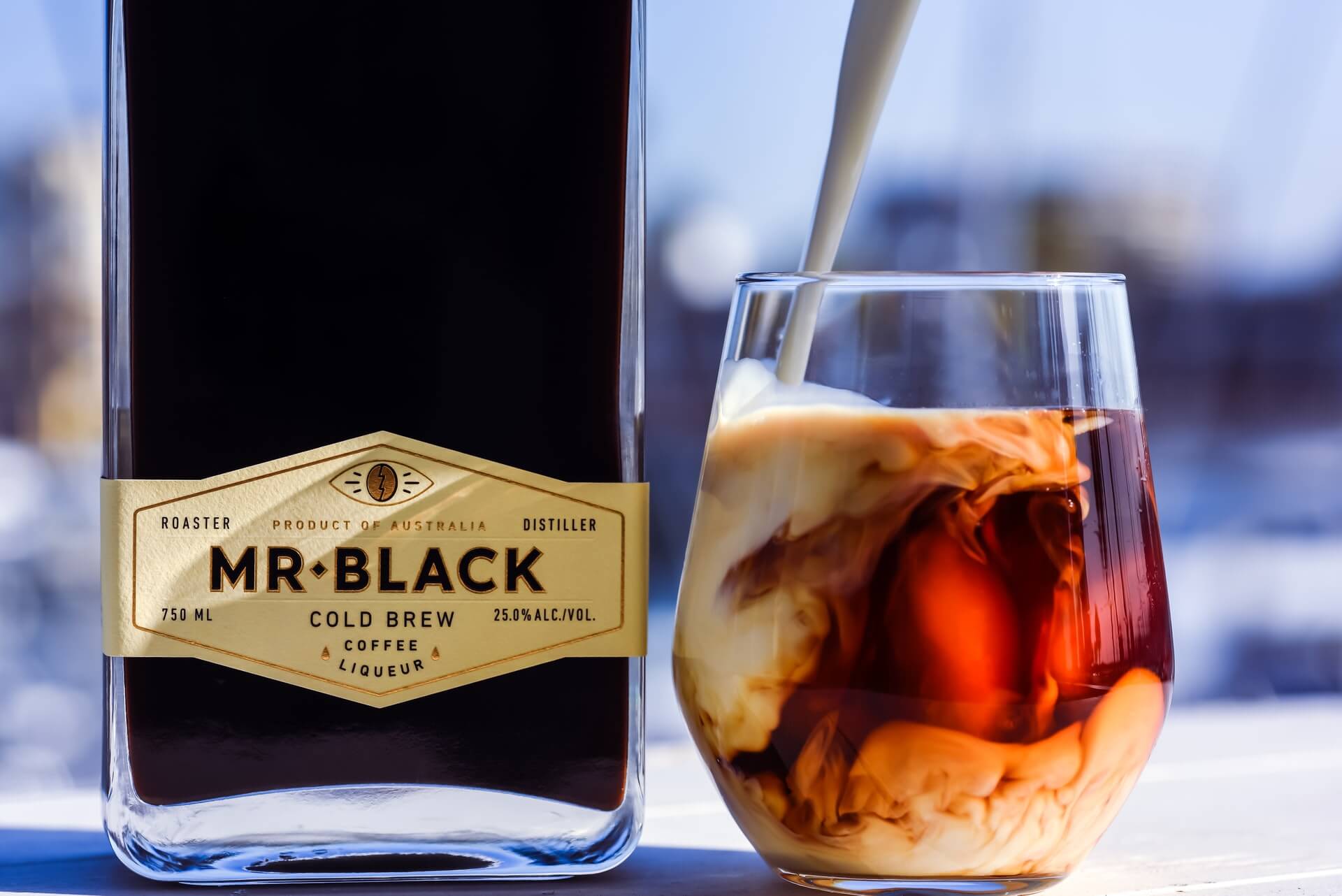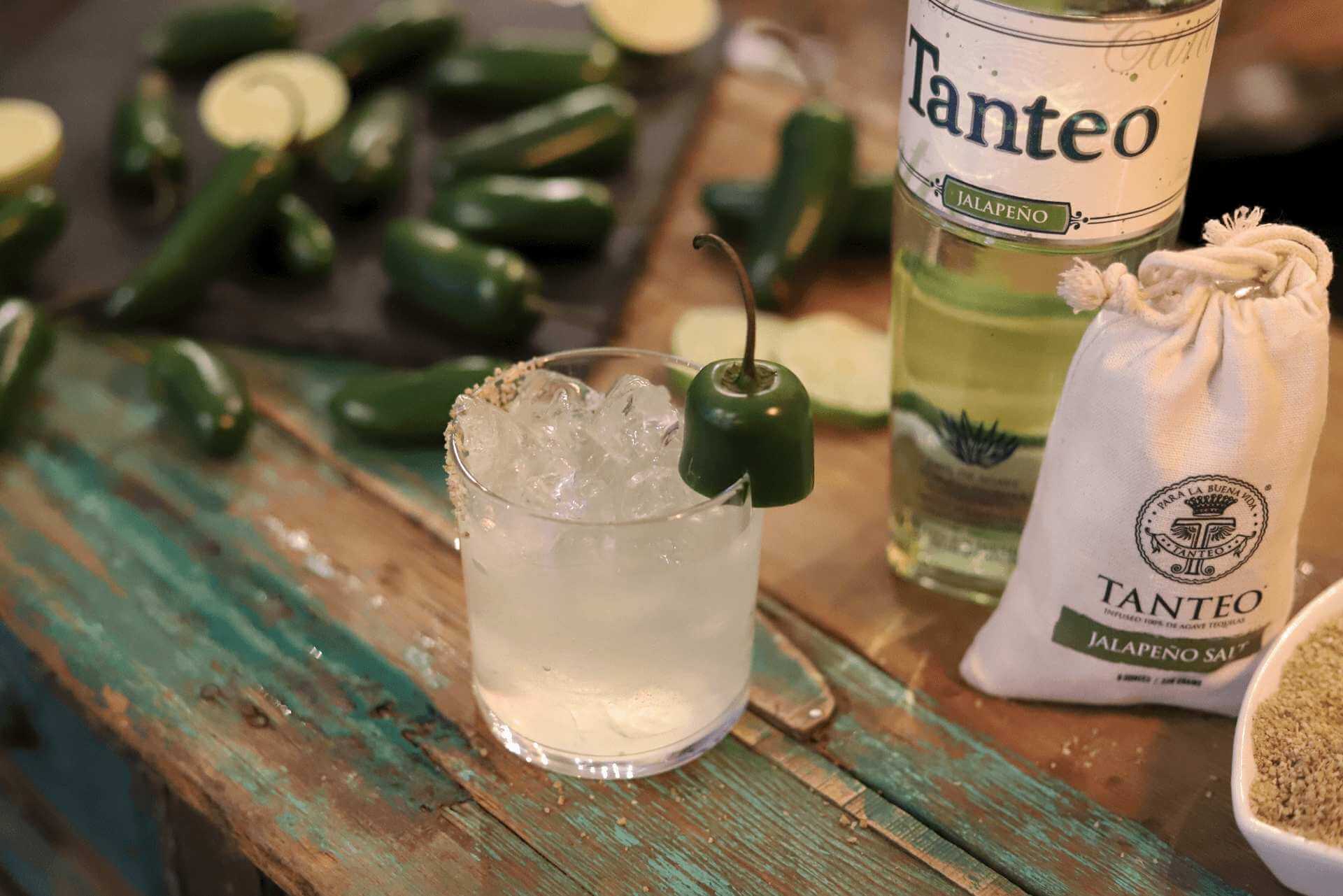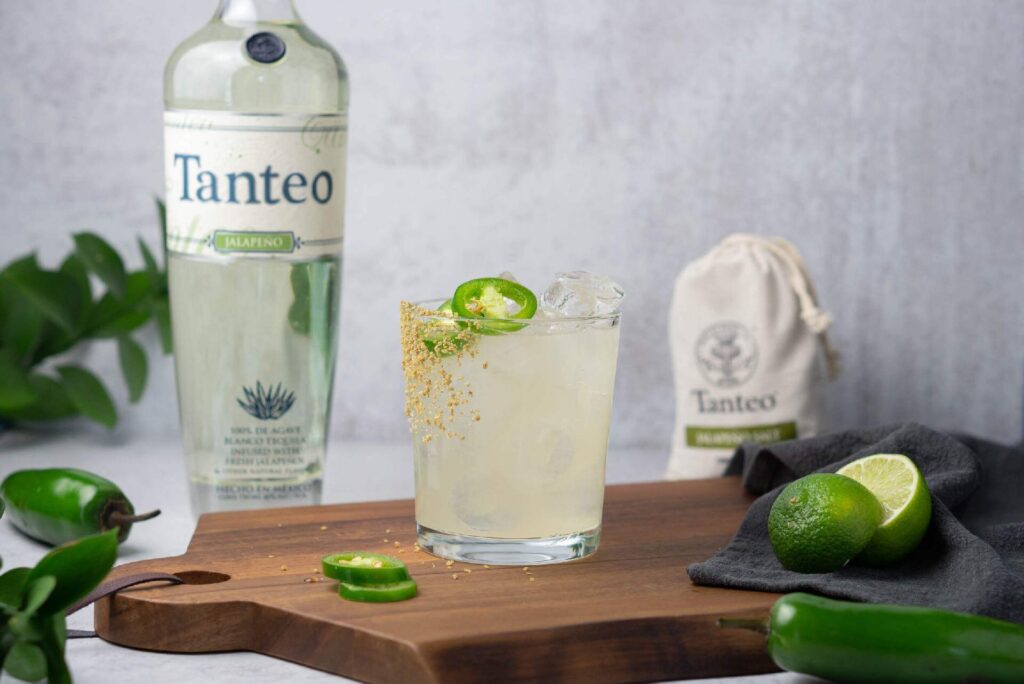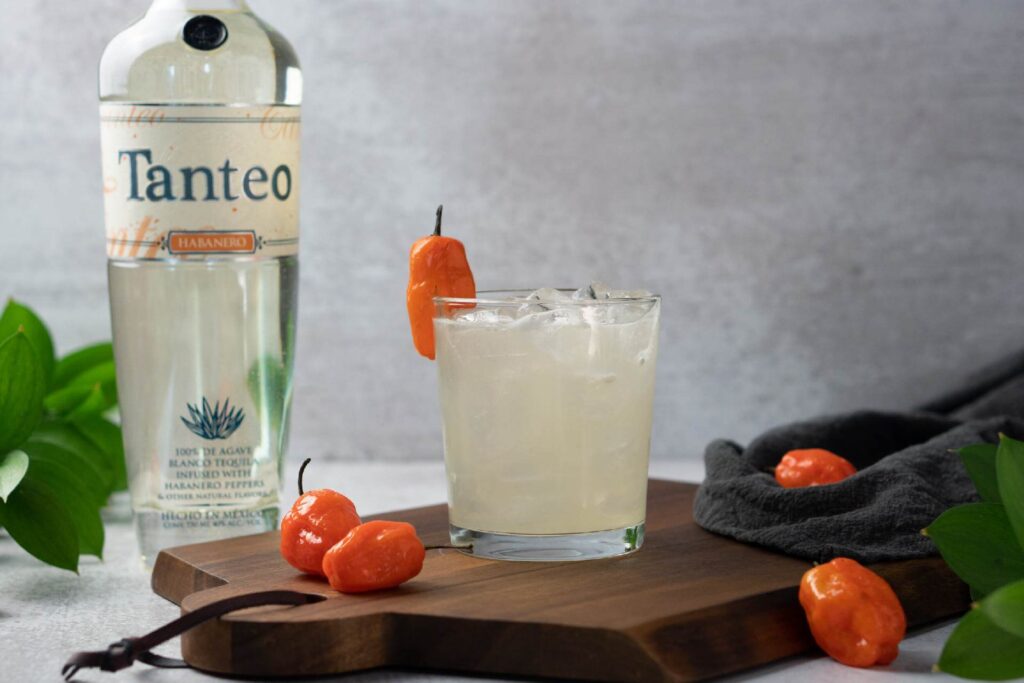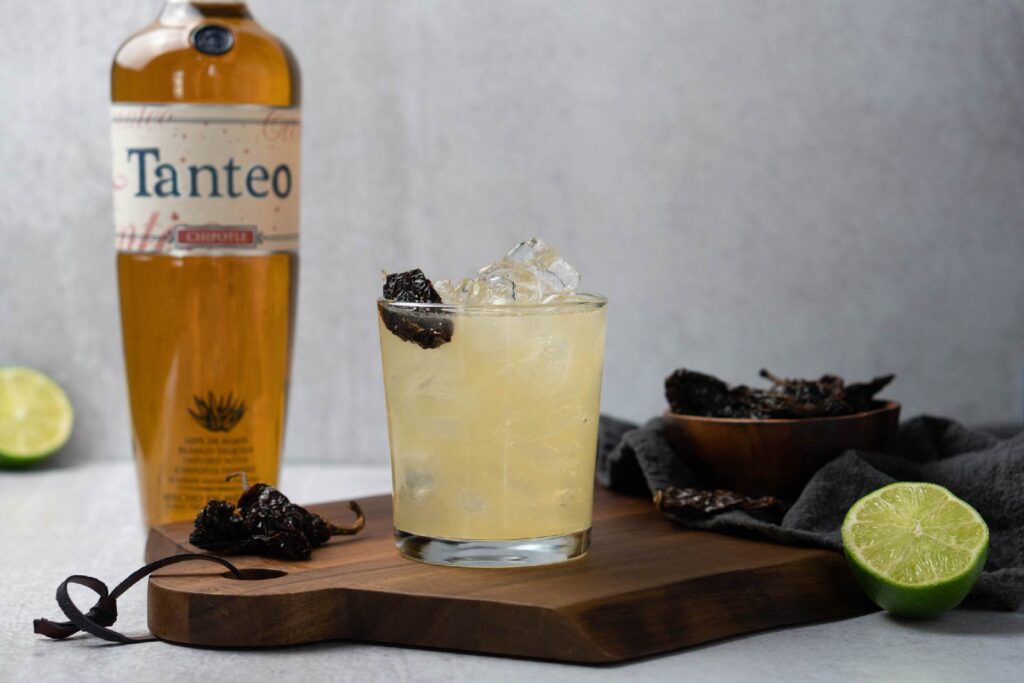Share These Vermouth Facts with Guests
by David Klemt

Today is World Vermouth Day, so here are some interesting facts you and your bar team can share to engage with guests.
Before we dive in, a few vermouth basics.
First, contrary to what some believe, vermouth isn’t a spirit. Rather, vermouth is a fortified wine.
In most cases, vermouth producers boost—or fortify—alcohol content with a neutral grape spirit.
Centuries of History
Vermouth can trace its history back to at least the 16th century. However, it’s possible it goes as far back as 12th century China.
Like so many products behind the bar, the exact origins are in dispute. Some say vermouth is a Chinese creation, some say its home is Greece, crediting Hippocrates with its creation. Still others attribute its invention to Germany.
Regardless, many believe that vermouth is one of the oldest types of beverage alcohol.
Doctor’s Orders
As is the case with plenty of intoxicants, this fortified wine has roots in medicine.
From the 16th century until about midway through the 18th century, Italian vermouth was recommended by doctors to settle upset stomachs.
This makes sense given its makeup: Vermouth is a wine combined with a spirit, infused by roots, herbs, and spices. The array of botanicals found in vermouth can certainly aid in digestion.
In fact, offering vermouth on your menu as an aperitif or digestif is a smart move.
Booze Relatives
You, your bar team, and guests may find this connection interesting. Vermouth and absinthe are family members.
According to some alcohol historians, “vermouth” is a French pronunciation of the German word “wermut.” Wermut translates from German to English as “wormwood.”
Centuries ago, German and Hungarian fortified wines contained wormwood.
An argument can be made that amaro is also a relative of vermouth. While not a requirement, amaro can contain wine. If an amaro has that component, it can technically be a vermouth.
Modern Vermouth
Toward the end of the 18th century, Antonio Benedetto Carpano created what’s now considered modern vermouth.
As the story goes, Carpano was studying to be an herbalist. In 1786, in Turin, Italy, he blended a white muscatel with herbs and spices. Modern vermouth was born.
Owing to modernization and commercialization, some paint vermouth with two broad brushes.
There are those who refer to all red vermouths as Italian vermouths. They then categorize all white vermouths as French. This is, in part, due to the French overwhelmingly producing dry, white vermouths.
Even More Modern
Well, maybe not exactly more modern. Perhaps it would be more accurate to refer to a particular style as “more recently recognized.”
During Prohibition, American producers made vermouth. According to my research, these were not looked upon favorably. In fact, they were considered cheap and poorly made.
That’s not the style I’m talking about here. Starting in the 1990s, and initially attributed to Californian producers, American vermouth production came out swinging with Western Dry.
In general, this style of vermouth leans heavier on the wine and uses different botanicals.
Not Just a Clever Shirt
You have probably seen bartenders or other hospitality professionals wearing this Mover & Shaker shirt:
View this post on Instagram
In case it doesn’t load for you, it says, “If you’re reading this put vermouth in the fridge.” That’s not a joke—keep it in the refrigerator.
Perhaps due the misconception that vermouth is a spirit, some people treat it as such. In other words, they just leave their vermouths out.
Being a fortified wine, vermouth can go bad in just a few months once open. So, this World Vermouth Day, if you haven’t already, put vermouth in the fridge.
Image: Giorgio Trovato on Unsplash

